Apple users are more comfortable browsing the web using Safari. That’s why they may have difficulty using other browsers on their iPhones. It can be perplexing when one of your essential apps goes missing. If you’ve ever how to get Safari app back on iPhone, you’re not alone.
Fortunately, in this guide, we will walk you through the steps to get the Safari app back on your iPhone. So, whether it vanished mysteriously or you accidentally deleted it, we have the solutions you need to restore Safari and resume your web browsing on your iOS device.
Let’s dive right into the process of how to get Safari back on your iPhone.
What happened to my Safari browser?
The disappearance of the Safari browser from your iPhone can be a perplexing and frustrating experience, leaving you wondering what exactly happened. To shed light on this issue, let’s delve deeper into some common scenarios and potential reasons behind the vanishing act of your Safari app:
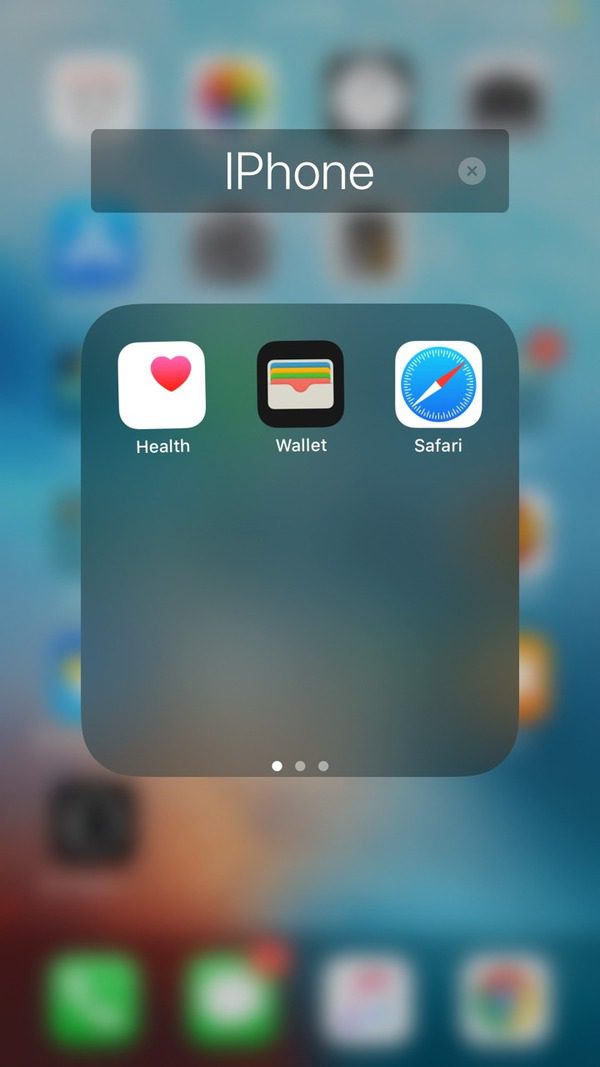


Why iPhone Safari disappeared?
Here are the common reasons behind the disappearance of Safari on your iPhone:
✅Accidental deletion
It’s surprisingly easy to accidentally delete apps on your iPhone, including Safari. A simple swipe on the home screen can send the app into the abyss of deleted apps. If you can’t find Safari on your device, this might be the most straightforward explanation.
✅Restrictions and parental controls
If you or someone with access to your iPhone has enabled restrictions or parental controls, it’s possible that Safari has been disabled intentionally. This is a common practice for parents who want to limit their children’s access to certain apps or content.
✅iOS updates or glitches
Sometimes, after updating your iOS software or experiencing a software glitch, apps like Safari can go missing. Software updates can sometimes disrupt app placements, causing them to appear hidden or removed.
✅Organizational changes
If you’ve recently organized your home screen, moved apps into folders, or rearranged your icons, Safari could have ended up in a different location, making it harder to find.
✅Settings modification
Tweaking certain settings related to Siri and Search can impact the visibility of apps. If you’ve altered settings in a way that affects how apps appear in search results or suggestions, Safari may not show up as expected.
Understanding these potential reasons can guide you toward the appropriate solution for your specific situation. In the following sections, we’ll explore step-by-step methods to help you bring Safari back to your iPhone, regardless of the reason behind its disappearance.
How to get Safari app back on iPhone and Mac?
The Safari app can sometimes disappear from both iPhones and Macs, causing users to wonder how to retrieve it. In this section, we will address how to get Safari app back on iPhone and Mac, providing step-by-step methods to get Safari back where it belongs.
How secure is your child’s browsing today?
How do I get Safari back on iPhone?
If Safari is missing from your iPhone, here are the methods to restore it:
- Reinstall Safari from the App Store:
Search for the “Safari” app in your iPhone’s App Store and download it.
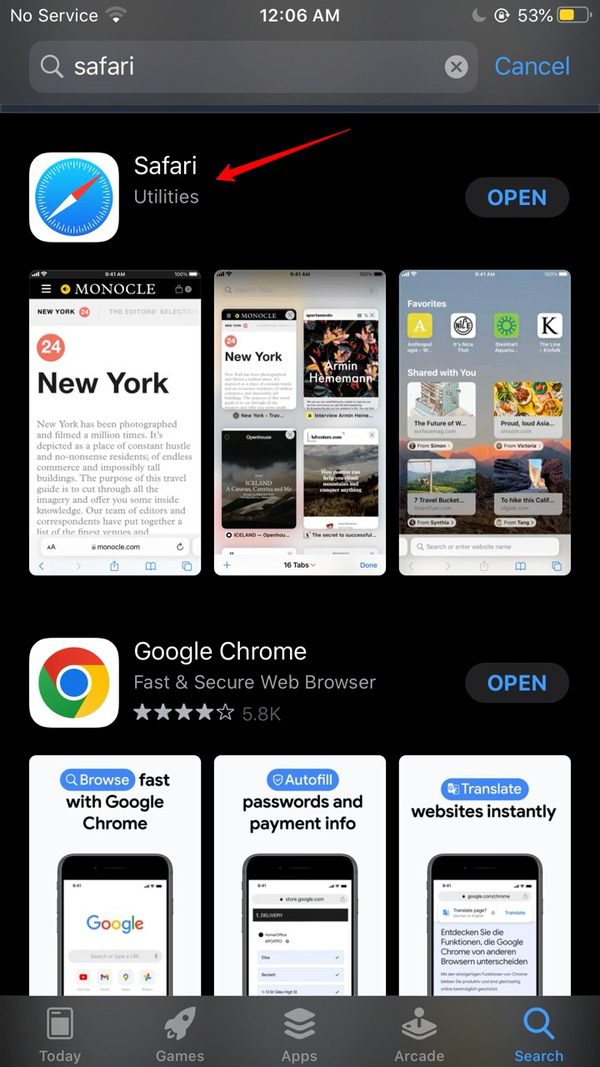


- Check Restrictions Settings
Go to your iPhone’s “Settings” > “Screen Time” or “Restrictions” (depending on your iOS version).
Ensure Safari is not restricted. If it is, disable the restriction.
- Reset Home Screen Layout
Visit “Settings” > “General” > “Reset” > “Reset Home Screen Layout.”
This will return your icons to default settings, which should include Safari.
- Search for Safari
Swipe down on your home screen to access the search bar.
Type “Safari” and see if it appears in the search results.
If it does, you can simply open it from there.
How do I get Safari back on my Mac?
If Safari has vanished from your Mac, consider these methods to retrieve it:
- Spotlight search
Click the magnifying glass icon in the top-right corner (Spotlight).
Type “Safari” in the search bar.
If Safari is on your Mac, it should appear in the search results.
- Check the applications folder
Open Finder. Click on “Applications” in the sidebar.
Look for Safari in the list of applications.
If found, drag it to the Dock for easy access.
- Reinstall from Apple’s website
Open any web browser on your Mac.
Visit the official Apple website.
Search for “Safari” and download the latest version from Apple’s website.
- Restore from Time Machine (if applicable)
If you use Time Machine for backups, you can go back to a snapshot when Safari was present.
Open Time Machine from your Applications folder and navigate to a point in time when Safari was available.
So this is how to get Safari app back on iPhone and Mac. After finishing this, you can successfully get Safari back.
How to restore Safari tabs on iPhone?
Accidentally closing Safari tabs or losing them due to unexpected circumstances can be frustrating, especially when you had important websites open.
Fortunately, you can easily restore those tabs on your iPhone with the following steps:
1. Start by launching the Safari app on your iPhone.
2. In the lower right corner if you’re holding your phone vertically or the upper right corner if you’re holding it horizontally, you’ll see an icon that looks like two overlapping squares. This is the Tabs button.



3. Scroll down on the tab view to reveal recently closed tabs.
4. Select your target tab. Safari will instantly restore it, and you’ll be taken back to the website you were browsing.
How to recover accidentally deleted Safari app?
Accidentally deleting the Safari app from your iPhone can happen, but it’s not a permanent loss. Here are the steps to recover it:
- Tap on the “App Store” icon to open it. In the App Store, tap the “Search” tab at the screen’s bottom.
- Using the virtual keyboard, type “Safari” in the search bar at the top of the App Store.
- Look for the official Safari app icon in the results, typically with an icon that resembles a compass.
- Once you’ve located Safari, tap on it in the search results. This will take you to the Safari app’s official page in the App Store.
- On the Safari app’s page, you should see a button that says “Get” or “Download” (or a cloud icon with an arrow if you’ve downloaded it before). Tap this button.
- Depending on your iPhone’s settings, you may need to authenticate the download with your Apple ID password, Face ID, or Touch ID.
- The Safari app will begin downloading and installing.
Once the installation is complete, the Safari icon will reappear on your home screen. Launch it to check if its opens properly.
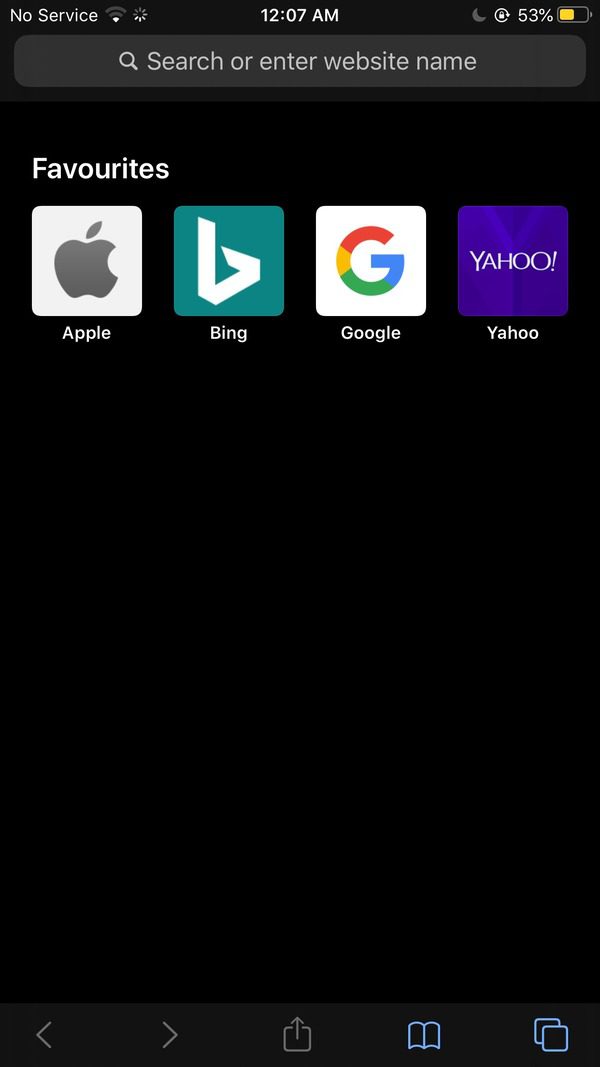


How to add Safari to Home screen?
If you want quick and convenient access to the Safari browser directly from your iPhone’s home screen, you can add it as a shortcut. Here are the steps to add Safari to your home screen:
- Launch Safari and go to the website you want to create a shortcut for. This could be your favorite webpage or any site you visit frequently.
- Find and tap the Share button at the bottom. It is in the middle of the screen with an upward arrow.



- Scroll down in the share menu until you see the option “Add to Home Screen.” Tap on it.
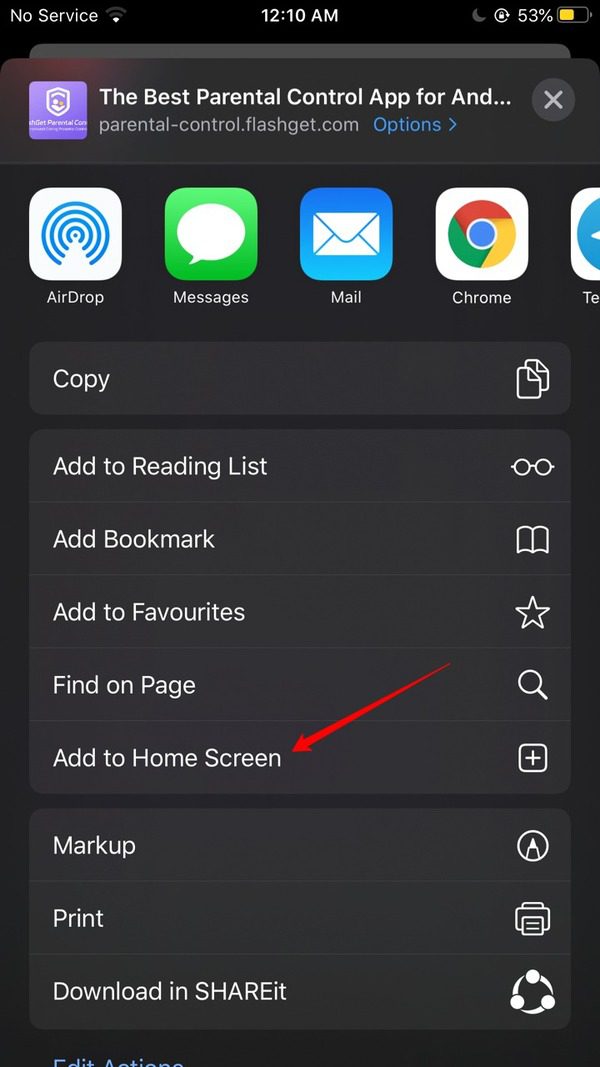


- You can choose to customize the name of the shortcut by typing a new name in the provided field. Once you’re satisfied, tap “Add” in the upper right corner.
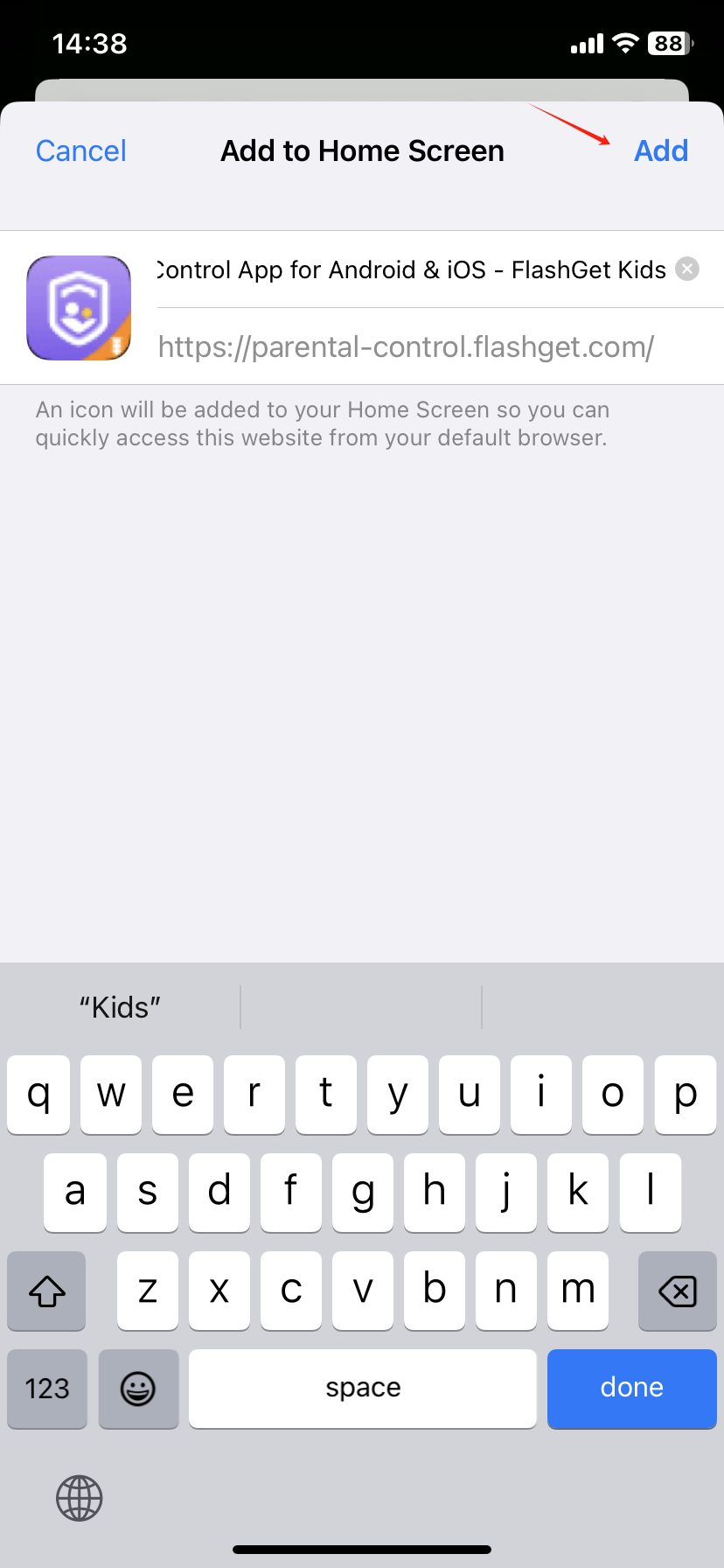


- A new icon representing the website will appear on your home screen.
Now, you have a convenient shortcut to your favorite website, effectively adding Safari to your iPhone’s home screen for easy and quick access to your preferred web content.
How to reinstall Safari on Mac?
Reinstalling Safari on your Mac is a bit more involved, as Safari is an integral part of the macOS operating system. However, you can perform a macOS reinstallation or update to ensure Safari is restored to its default state:
- Step 1. Before proceeding, it’s essential to back up your Mac’s data to prevent any loss.
- Step 2. Restart your Mac and immediately press and hold “Command” + “R” until you see the Apple logo. This will boot your Mac into macOS Recovery mode.
- Step 3. Head to the macOS Recovery option and click “Reinstall macOS.”
This process will reinstall macOS along with Safari.
Note: Reinstalling macOS will not remove your personal files, but it’s always a good practice to have a backup before performing such a procedure.
By following the steps discussed above, you can either reinstall Safari on your iPhone or restore it to its default state on your Mac.
How to restart Safari?
If you encounter issues with Safari on your device and need to restart it, follow these steps:
- Ensure Safari is closed. If it’s not responding or you’re unsure, you can force-quit Safari by double-clicking the home button (for older iPhones) or using gestures (on newer iPhones) to bring up the app switcher. Then, swipe up or off the screen to close Safari.
- Simply tap on the Safari icon on your home screen to relaunch the browser.
This process effectively restarts Safari on your device, allowing you to start fresh and potentially resolve any issues.
How to refresh Safari?
Refreshing Safari can help resolve minor glitches and ensure webpages load properly. Here’s how to refresh Safari:
Step 1. Launch Safari and browse the webpage you want to refresh.
Step 2. In the address bar at the top of the screen, you’ll see a circular arrow icon. Tap this icon.
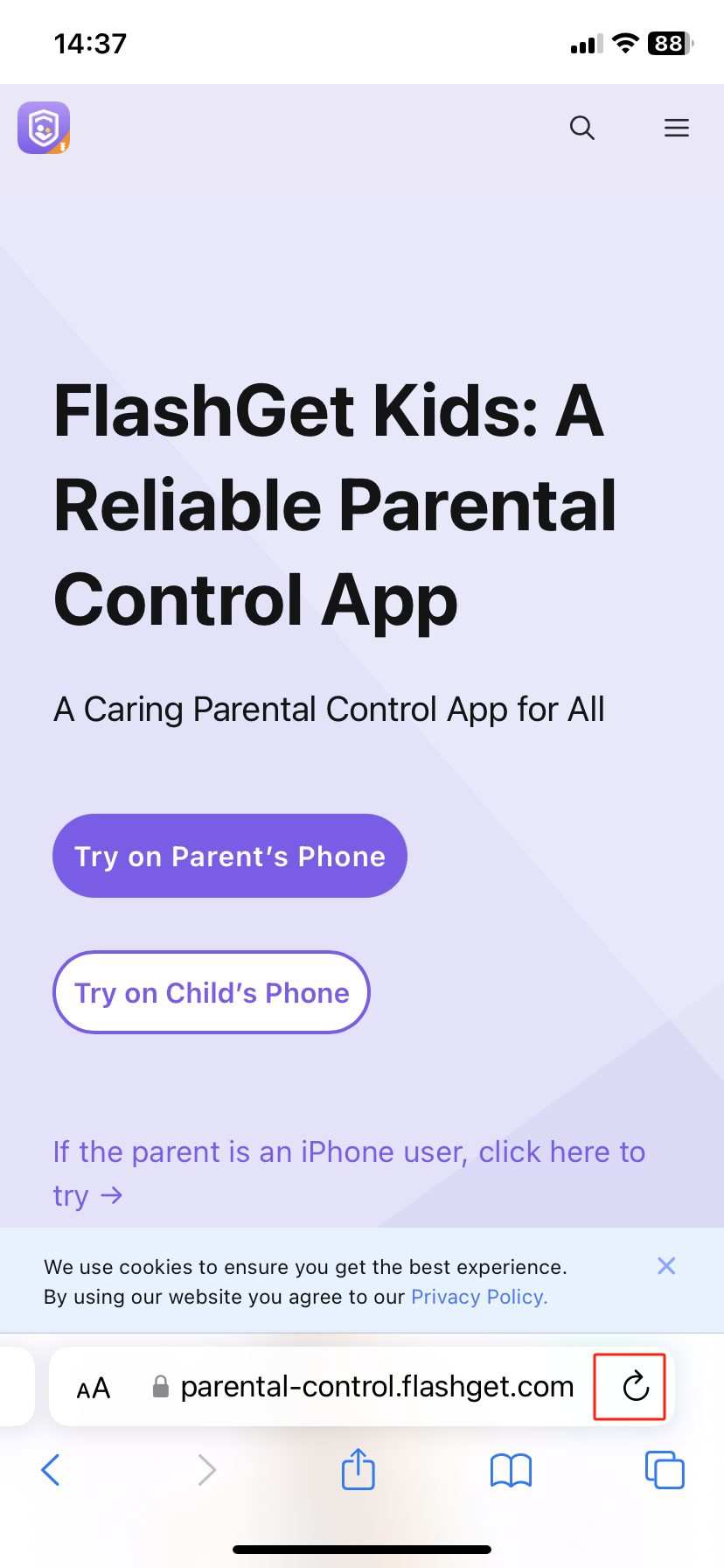


Safari will reload the webpage, and any temporary issues or changes on the page should be resolved.
Refreshing a webpage in Safari is a straightforward process, and it can often resolve problems like slow loading or unresponsive pages.
How to get Safari back as default search engine?
To set Safari as your default search engine on your iPhone, follow these steps:
Step 1. Open “Settings” on your iPhone.
Step 2. In the list of apps, scroll down until you find “Safari” and tap on it.
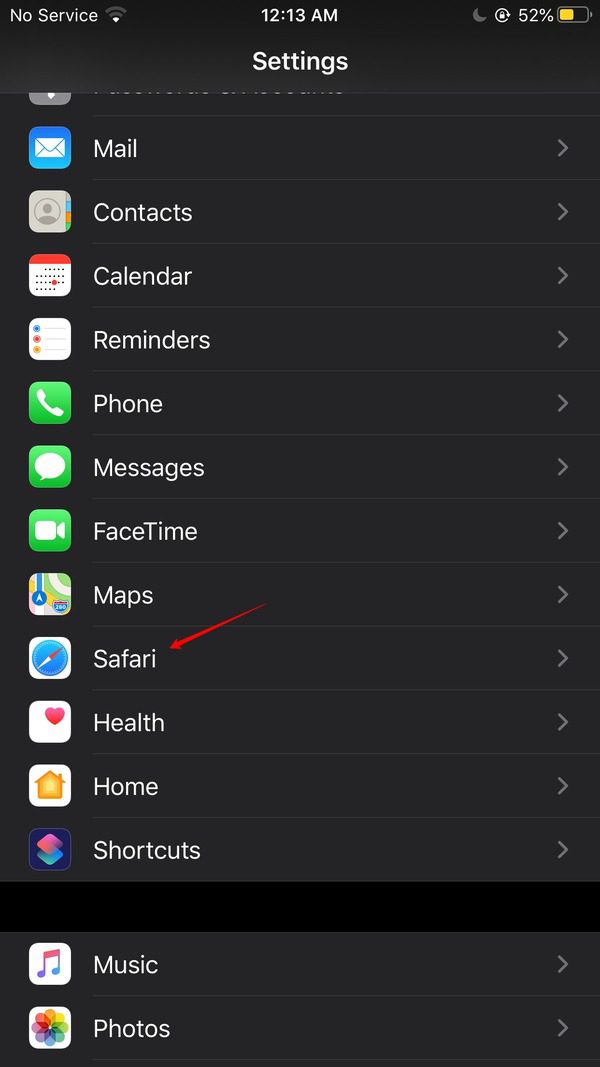


Step 3. Under the “Search Engine” section, you’ll see options like Google, Yahoo, and Bing. Tap on your preferred search engine to set it as the default for Safari.
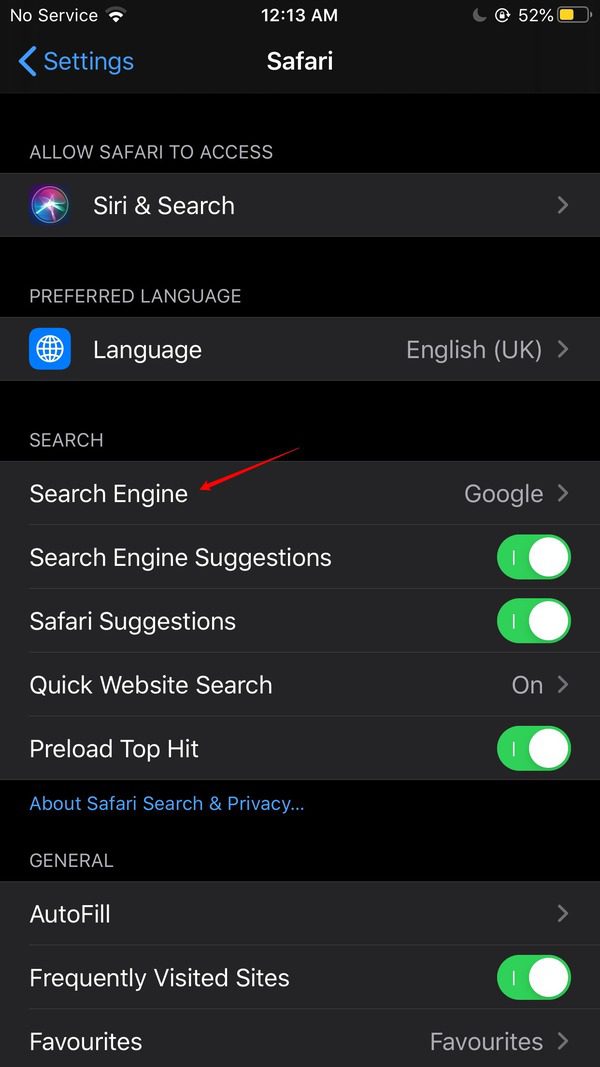


Now, Safari will use your chosen search engine for all your web searches.
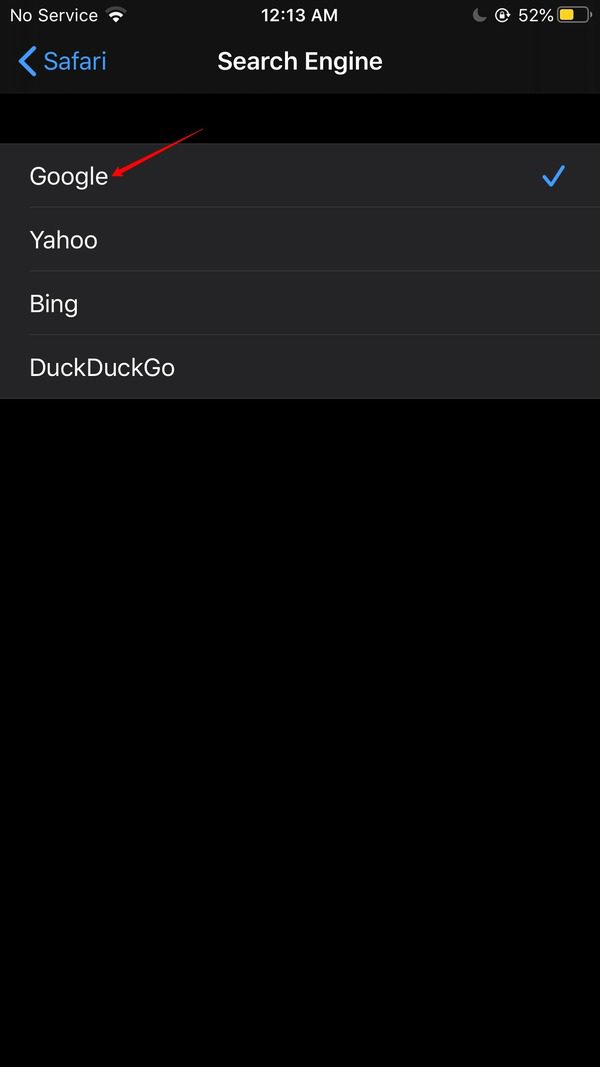


How to change Safari language?
Follow the steps mentioned below to change the language in Safari on your iPhone.
Open “Settings” > “Safari” on your iPhone.
Look for the “Language” or “Region” option and tap it.



Choose the language you want to use in Safari.
You may need to confirm the changes or restart Safari for the new language settings to take effect.
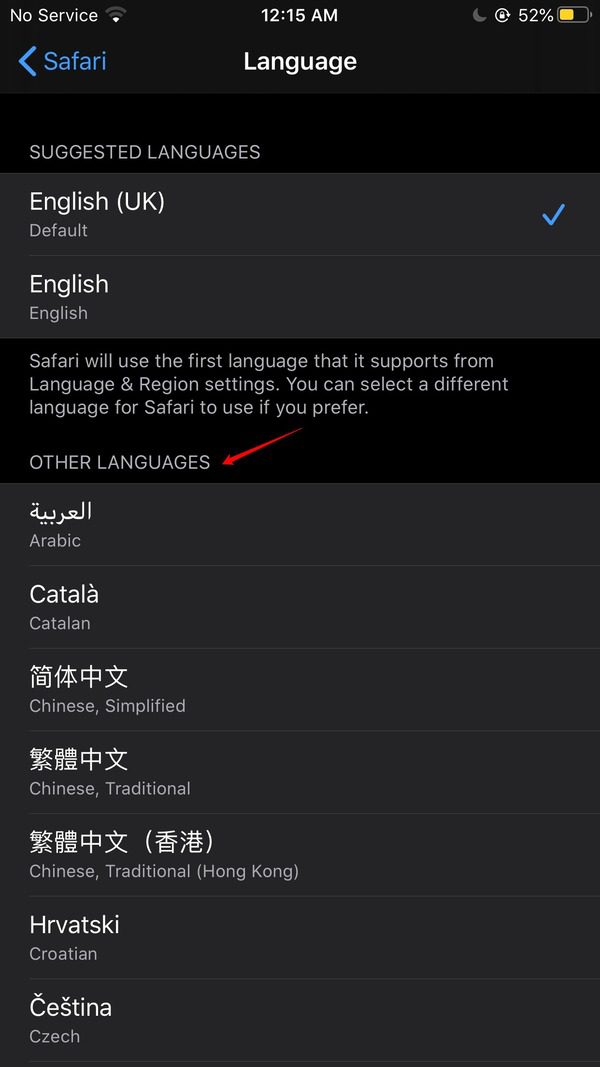


Now, Safari will display content and websites in your chosen language.
How to zoom out on Safari?
If you need to zoom out on a webpage in Safari on your iPhone, use these steps
- Go to the webpage on Safari that you want to zoom out on.
- Use a pinching gesture on the screen with two fingers. Place your thumb and index finger together on the screen, then move them apart. This action will zoom out and make the content on the page appear smaller.
- You can repeat the pinch-to-zoom-out gesture as many times as necessary to achieve the desired level of zoom.
Conclusion
Safari browser may accidentally get deleted from an iPhone by you or your children. If your children have access to an iPhone, you may be worried about their safe web browsing. As a parent or guardian, it’s crucial to ensure your child’s online safety and monitor their web usage.
That’s why you should consider using the FlashGet Kids app. Its outstanding features offer you the ability to control and restrict access to certain websites, apps, and content. This becomes especially relevant in the context of Safari on your child’s iPhone or Mac.
Using FlashGet Kids, you can safeguard your child by blocking inappropriate content and monitoring web activities. Additionally, you can limit screen time, customize restrictions, block apps, and geofence. You will get live notifications of your child’s activities on Safari and other apps or browsers.
Incorporating FlashGet Kids features into your digital parenting toolkit can complement the tips and solutions provided in this guide. This will offer you peace of mind and ensure your child’s online experience remains secure and educational.
FAQs
Here are answers to some common questions related to Safari on iPhone:
What would happen if you deleted Safari?
If you delete Safari from your iPhone, it will remove the app icon and disable the browser. However, you can always reinstall Safari from the App Store if needed.
How do I get deleted Safari back on my iPhone?
To restore Safari after it’s been deleted, you can download it from the App Store. Open the App Store, search for “Safari,” and reinstall it.
How do I reset Safari on my iPhone?
To reset Safari settings on your iPhone, go to “Settings” > “Safari,” then scroll down to find options to clear history and website data or reset specific settings.
Where are Safari settings on iPhone?
You can find Safari settings in the iPhone’s “Settings” app. Scroll down and look for “Safari” in the list of apps. Tapping on it will give you access to various Safari settings.
How to remove a Google account from Safari?
To remove a Google account from Safari, you typically need to manage your Google account settings. Go to the “Settings” app on your iPhone, scroll down to “Passwords & Accounts,” and select the Google account you want to remove. Tap “Delete Account” to remove it from Safari and other apps that use the Google account.

